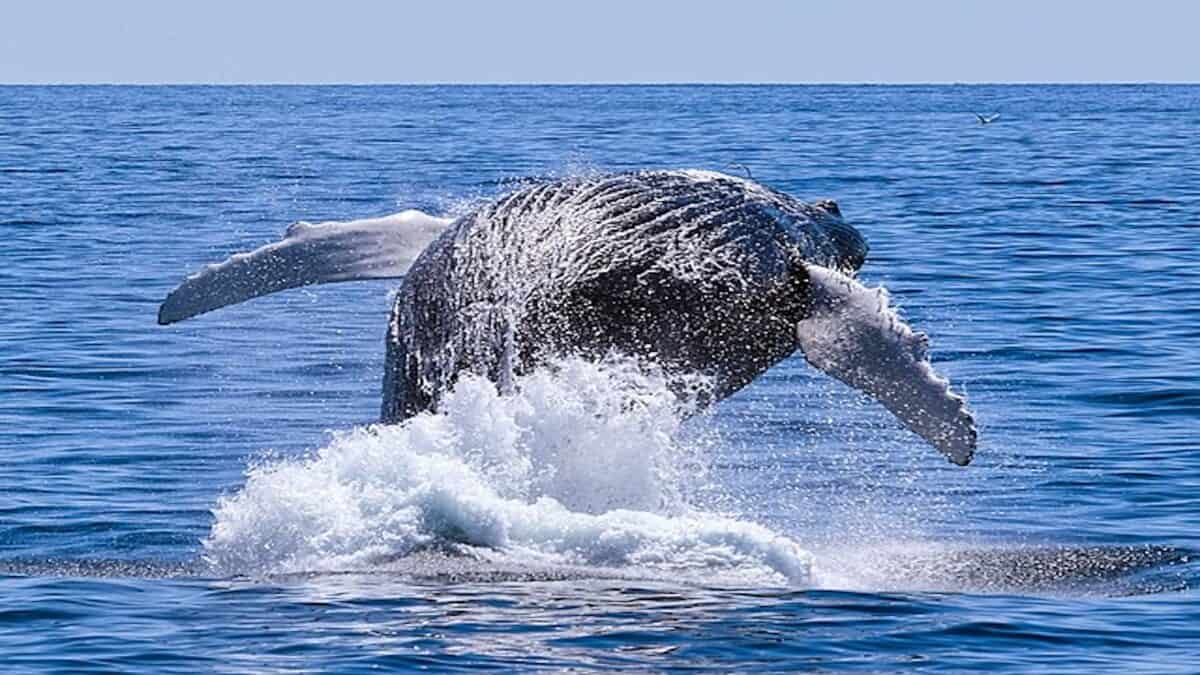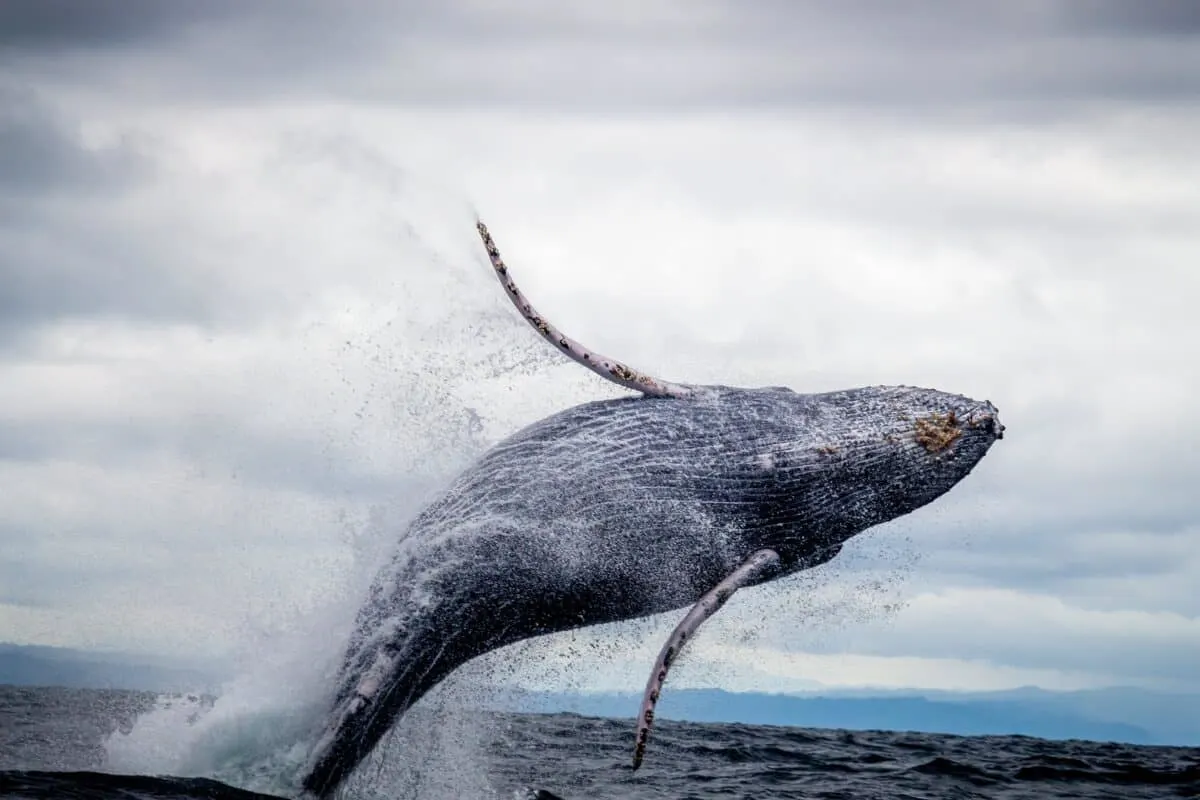Whale watching is a popular activity in many U.S. states, offering unforgettable experiences with these majestic creatures. Naturally, different states provide unique opportunities to see a variety of whale species. So, let’s explore the top 10 U.S. states for whale watching!
#10 Alaska

Alaska is a prime destination for whale watching, especially in the summer months. The state’s cold waters attract humpback whales, orcas, and gray whales. Additionally, Glacier Bay and the Inside Passage are top spots to observe these magnificent animals in their natural habitat.
#9 California

California offers excellent whale-watching opportunities year-round. The state’s coastline is a migratory route for gray whales, blue whales, and humpbacks. If you’re interested in spotting any of these whales, Monterey Bay and the Channel Islands are popular locations for sightings.
#8 Washington

Washington state is known for its resident orca pods. The San Juan Islands are a top destination for observing orcas in their natural habitat. Additionally, gray whales and humpbacks are frequently seen along the coast. Seeing orcas in Washington is definitely on my bucket list!
#7 Hawaii

Hawaii is famous for its winter whale-watching season, particularly for humpback whales. This is because these whales migrate from Alaska to breed and give birth in the warm waters around the Hawaiian Islands. Specifically, Maui is renowned for its whale-watching tours.
#6 Massachusetts

Massachusetts is a great place to see whales in the Atlantic Ocean. Stellwagen Bank, off the coast of Cape Cod, is a feeding ground for humpbacks, fin whales, and minke whales. Here, the whale-watching season typically runs from April to October.
#5 Oregon

Oregon’s rugged coastline offers spectacular whale-watching opportunities. The state is part of the gray whale’s migratory route, with peak viewing times in winter and spring. Further more, Depoe Bay is known as the “Whale Watching Capital of the Oregon Coast,” and is surely worth a visit.
#4 Maine

Maine’s cold Atlantic waters are home to several whale species, including humpbacks, finbacks, and minkes. In this state, Bar Harbor and the Gulf of Maine are popular spots for whale watching. The best time to see whales here is from mid-spring to early fall, so if you’re luck you might catch some of the beautiful foliage if you go in early autumn.
#3 New York

New York might surprise some as a whale-watching destination, but the waters off Long Island host various species! Humpback whales, fin whales, and dolphins can be seen on tours from New York City and Montauk. The season generally runs from May to October, so there’s plenty of time to whale spot. Whales in the Big Apple was definitely news to me, but now I’m eager to go see for myself!
#2 South Carolina

South Carolina’s coastal waters provide a winter home for migrating North Atlantic right whales. These endangered whales can be seen off the coast from December to March. If you find yourself in South Carolina, take a trip to Charleston for a winter whale-watching excursion!
#1 Florida

Florida is another state where you can spot the rare North Atlantic right whale. These whales migrate to Florida’s warm waters to give birth during the winter months, so you might even see some whale calfs. The best viewing spots are along the northeastern coast, near Jacksonville and St. Augustine.
Tips for Whale Watching

When planning a whale-watching trip, consider the best time of year and the species you want to see. It’s important to book tours with responsible operators who follow guidelines to protect the whales so that they are around for generations to come. Patience and a good pair of binoculars can also enhance your experience, the sight is worth the wait!
Conclusion

Whale watching in the U.S. offers a chance to witness these incredible creatures in their natural habitats. Each state provides a unique experience, whether you’re seeking orcas in Washington or humpbacks in Hawaii. Exploring these top states will give you unforgettable memories of the ocean’s giants!
- Most Complete Dinosaur Skeleton Found on the Isle of Wight in Over A Century - April 25, 2025
- The Lone Star Tick Is Creeping Eastward - April 25, 2025
- Study Shows That Goats Can Tell If You Are Happy Or Mad - April 25, 2025

